Resources on the Practice of Prayer
Overview
By Matt Garcia
1. Recognition
2. Perspective.
3. Selflessness.
4. Petition.
5. Repentance.
6. Salvation.
exercises
Breath Prayer
One traditionally scriptural breath prayer known as the “Jesus Prayer” goes like this: “Jesus, Son of David, have mercy on me, a sinner.” (breathing slowly in-between each phrase or word)
Centering Prayer
Contemplative Prayer
Conversational Prayer
Fixed-Hour Prayer
Imaginative Prayer
Intercessory Prayer
Labyrinth Prayer
Listening Prayer
Liturgical Prayer
- Use The Book of Common Prayer for inspiration on pre-written prayers.
- Exploring the Daily Office of the Catholic Church.
- Praying or singing Scripture as part of worship.
- Praying prayers of the church that have come down to us from the past.
- Praying the Liturgy of the Hours.
- Praying the prayers written for each season of the liturgical calendar.
- Praying prayers written by others.
Practicing the Presence
Prayer of Lament
Pray with Partners
- meeting regularly to pray for personal as well as global concerns
- confessing sin and praying for strength to face trials
- using Operation World as part of the prayer practice
- giving thanks for answers to prayer
- praying for particular events, mission endeavors, schools, churches, etc.
Praying Scripture
- meditating on Scripture; interacting with God around the revelation its stories bring
- listening to the Lord and lingering at the spaces for reflection that biblical stories allow
- listening for the questions Jesus puts to the disciples as if they were questions he is putting to you
- adopting a prayer of David, Daniel, Paul, Mary, Jabez, or Jesus.
- finding a music playlist that puts the words of scripture to songs and actively listening.
Prayer Walking
books
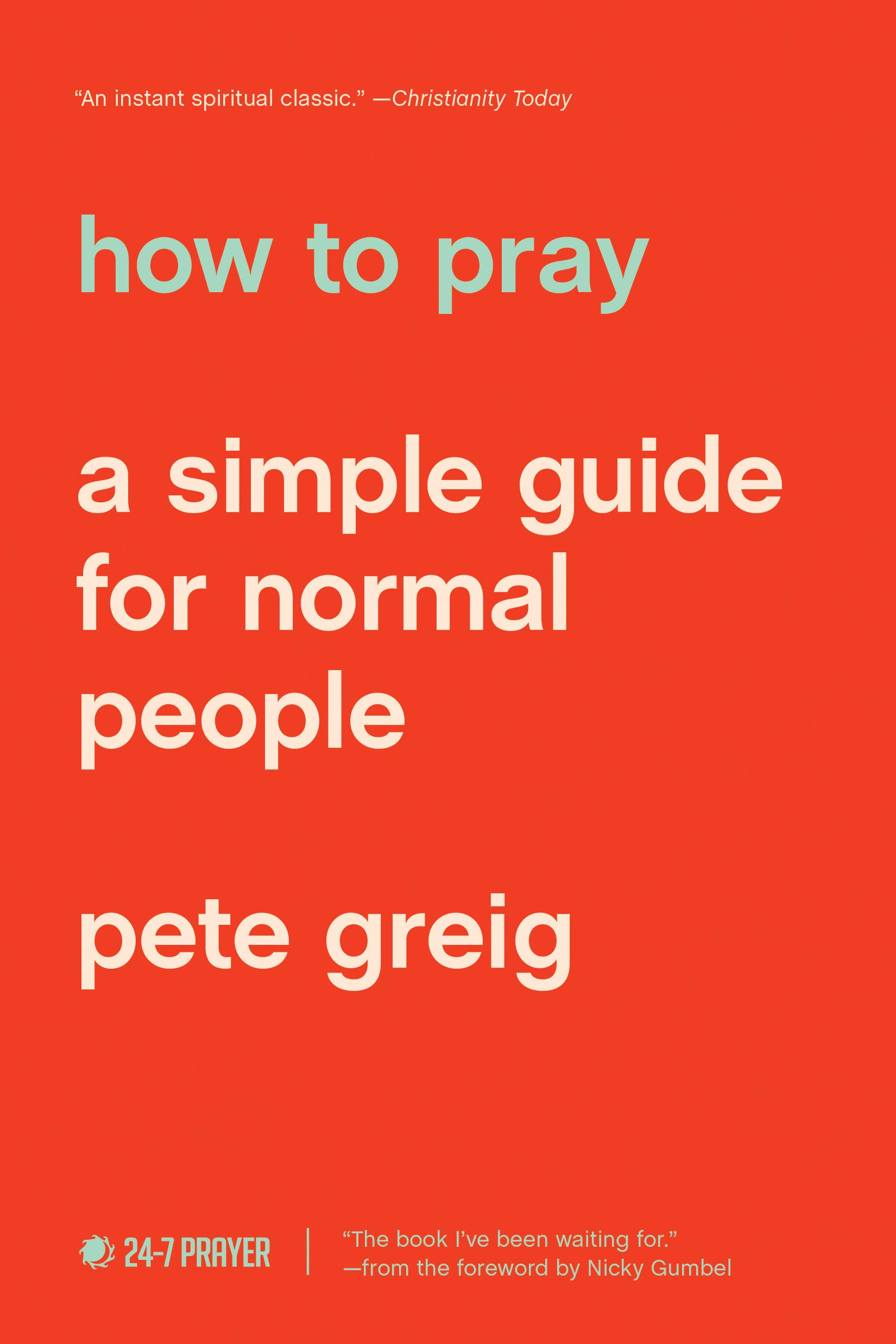
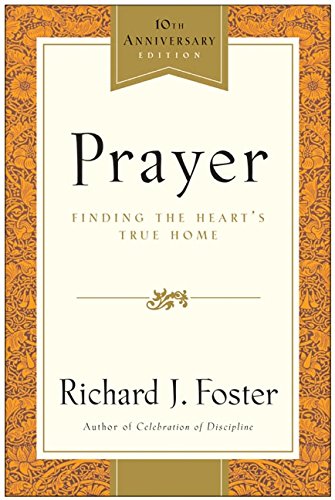
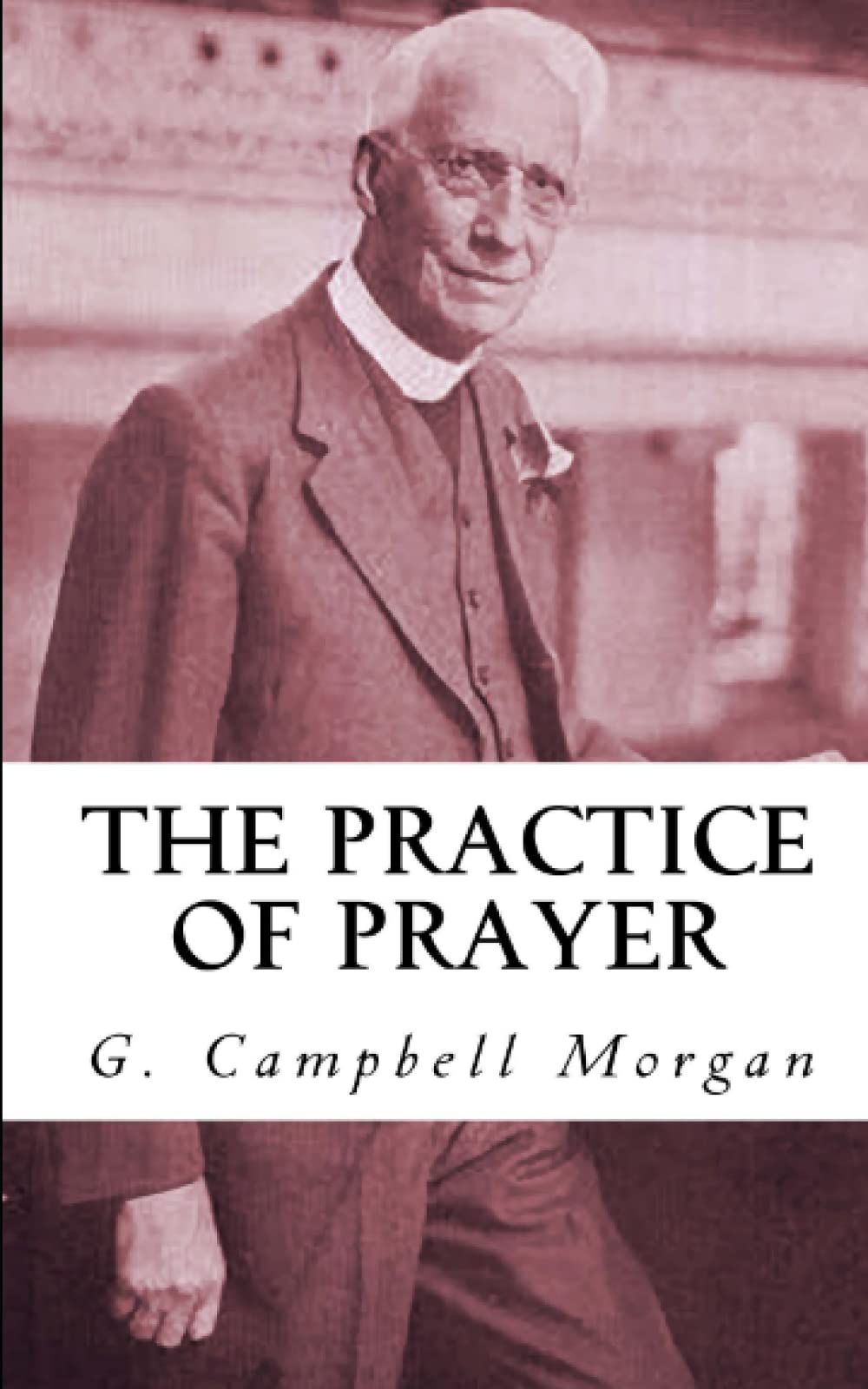

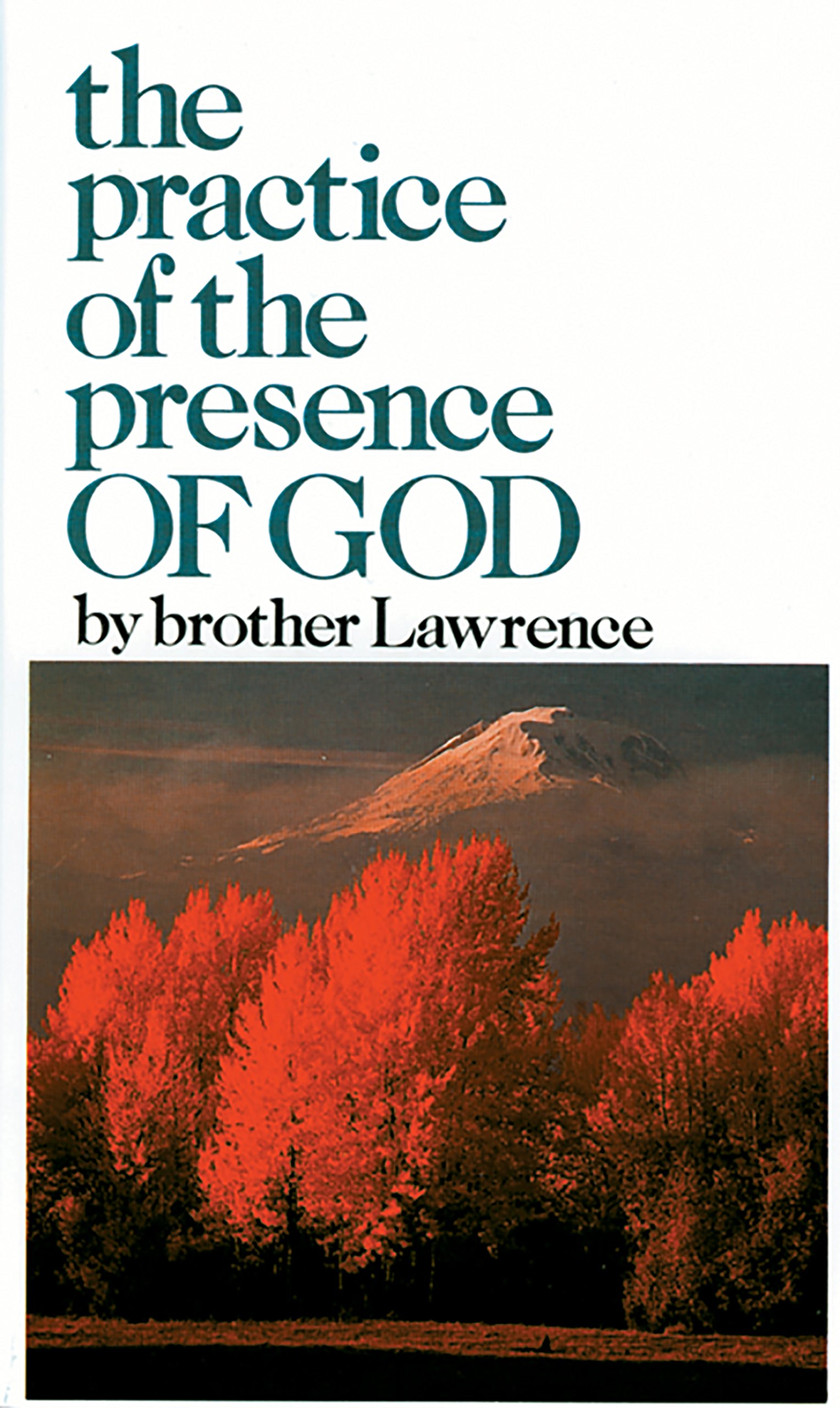


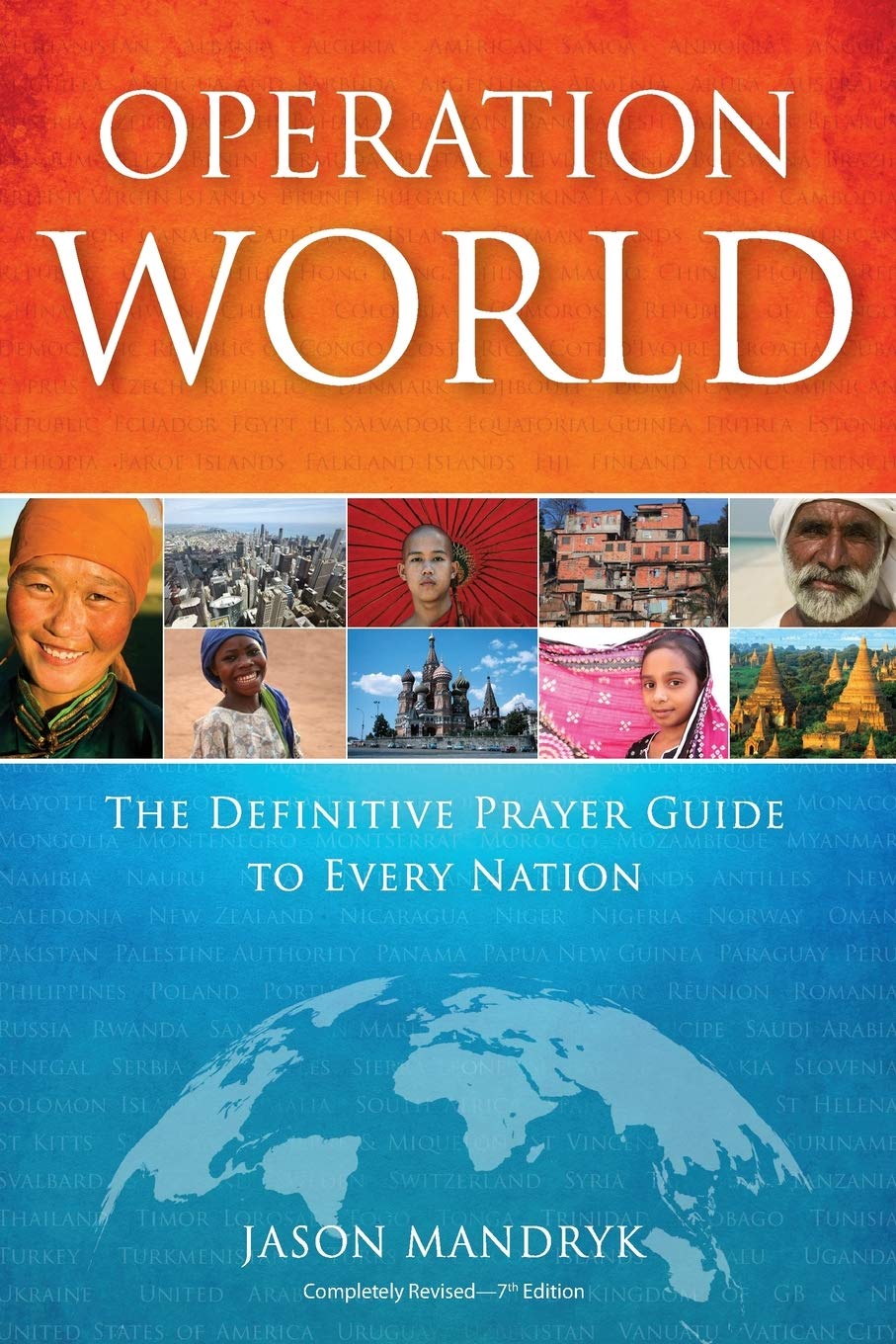
podcasts
Common Prayer Daily
Pray the Word
The Lord's Prayer
videos
Online Course on Prayer
Below are videos from 24-7 Prayer, an organization all about helping people pray together. Their online course is a great place to start learning about prayer. Click HERE to go to their website and access the full course.
Another Online Course on Prayer
Practicing the Way has also done a great job on this topic of prayer. Check out their video course at practicingtheway.org
blogs
Does Prayer Work?
24/7 Prayer
How Do I Hear God When I Pray?
24/7 Prayer / Jazz Crowne
Do I Have To Pray?
24/7 Prayer / Hannah Heather
Why Hasn't God Answered My Prayer
24/7 Prayer / Pete Greig
How Do I Stop Distractions When I Pray?
24/7 Prayer / Carla Harding
5 Ways To Pray Together As A Family
24/7 Prayer / Dan Swires-Hennessy
reflection questions
1
After reading this page about different types of prayer, what types of prayer sticks out to you? Is there any type of prayer that fits your personality or lifestyle?
2
Using one to two words, describe your prayer life. How can you improve your times of communion with the Lord?
3
On this resource page, there are many different types of expressions of prayer that fit many different denominations and ecclesiological backgrounds. What is one aspect of prayer that seems foreign to you? Are you comfortable practicing that type of soon? Why or why not?
4
How might sharing your prayer concerns with another help you bear your anxieties differently?
5
When praying in a group setting, do you feel confident about it or insecure? How do you think you can pray more boldly with others?
6
How has your prayer life changed over time?
7
What is it like for you to spend time with God when you are not speaking to him? What happens inside you when you are quiet with God?
Matt Garcia
Matt is the creator of this website and curates resources on spiritual formation. He is a husband of Jesika and a father of 4 children. He also helps lead a house church. Follow him on Instagram to see what he's up to.
